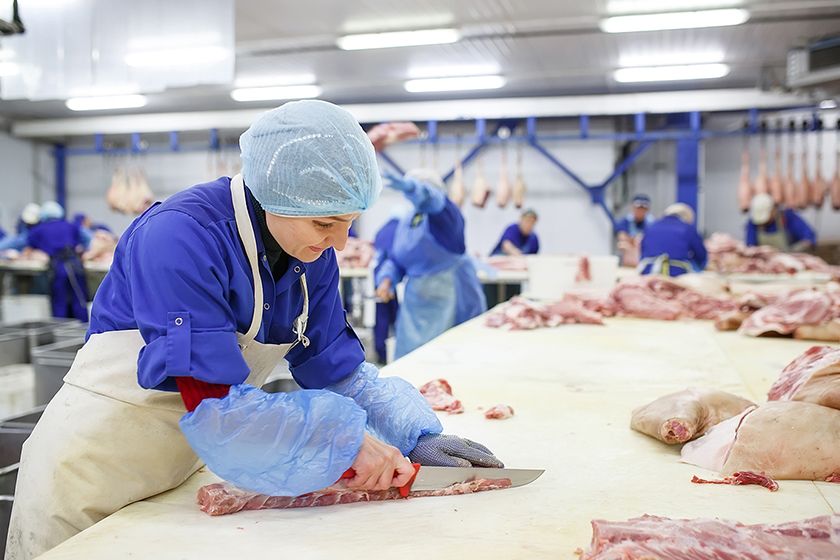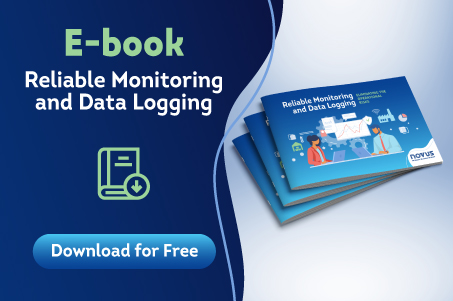10 ways to prevent ammonia leakage and explosions in frigorifics
The choice of cooling fluid is essential in industrial refrigeration equipment. One of the most used options in large refrigeration installations is ammonia, which has a high heat of vaporization and, consequently, guarantees an excellent energy performance. In addition, ammonia is very ecological, with zero climate change impact and zero ozone depletion potential. Even so, to prevent ammonia leakage is to ensure a safe working environment.
The lack of maintenance and care in refrigeration operations can result in leakage of fluids, a very common problem. Ammonia gas, when released in closed environments that prevent its dissipation, is very harmful to the health and safety of workers, and can even result in explosions.
Check out 10 ways to prevent these leaks and prevent even bigger accidents
1. Follow NR 36, the norm established by brazilian regulatory organ that is an example in many other countries. Regulatory Norm No. 36 – Safety and Health at Work in Slaughter and Meat and Meat Products Processing Companies – governs good practices in these work environments, seeking mainly to prevent and reduce work accidents. This specific regulation norm is mandatory only in Brazil.
2. Have a pre-determined emergency plan. Companies must establish a written emergency plan to learn how to act in case of and prevent ammonia leakage. The actions must be based on the regulatory standards of the sector and must be of ample unrestricted knowledge of the company’s personnel. Therefore, having a previously known plan avoids confusion and mistakes that can aggravate the problems caused by an eventual gas leak. A good plan should have steps like:
- Inform the security department as soon as ammonia leak is detected
- Evacuation of the site, depending on the severity of the leak. It is important that the assessment of whether the procedure is necessary or not is carried out quickly.
- Remove any source of ignition, important to avoid explosions that may occur due to the presence of the substance in the environment.
- Assist the victims by providing first aid to those affected by the gas.
- The Safety Information Sheet for Chemical Products (MSDS) is a document created to standardize data on the property of chemical compounds and mixtures prepared by ABNT. Whenever possible, check the product’s MSDS, as it contains the measures to be taken in the event of an accident.
3. Conduct periodic training on the emergency plan. More than knowing the text of the action plan, employees must be trained in a practical way, regularly. It is the guarantee that the written plan is efficient and resolves any emergency.
4. Ensure adequate ventilation to maintain the environmental concentration of the gas at the lowest possible levels. This step will not exactly prevent amonia leakage but it will make the space safer in case of an actual accident. For this, the refrigeration equipment must be installed in places that prevent the accumulation of gas in the event of a leak.
5. Have sprinklers installed above large ammonia pots to keep them cool in case of fire.
6. Keep fire prevention and fire fighting systems in perfect order, as well as clear and signposted emergency exits.
7. Sign and properly identify the installation components, including piping.
8. Carry out periodic maintenance of the electrical installations near the tanks. These must be made of explosion-proof material.
9. Use mechanisms for early detection of leakage at critical points, coupled to an alarm system.
10. Installation of a cooling system control panel . In case of leakage, the panel should automatically activate the alarm system and the ammonia control and elimination system.
By following these tips, your business will be much safer.
However, do you know how to act in case of intoxication? Learn from this article !
Read more:
Monitoring humidity and temperature with a validated system
From industrial revolution to wireless connectivity: what is industrial automation?
5 steps to digitalize the temperature recording process

















